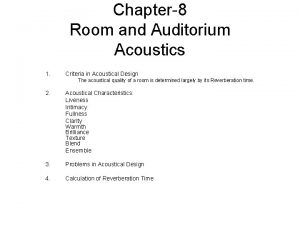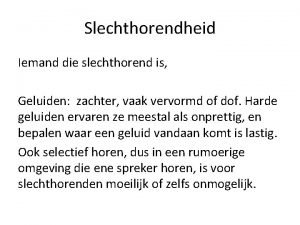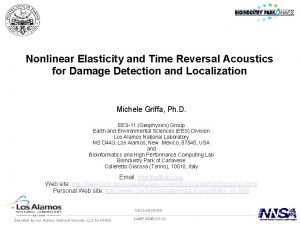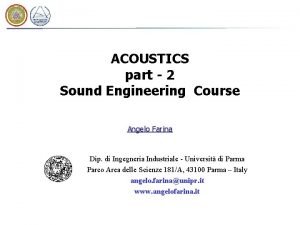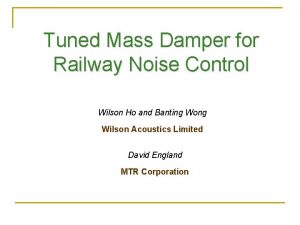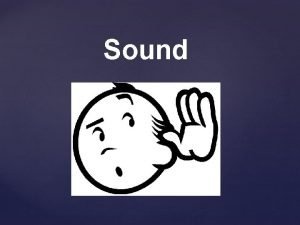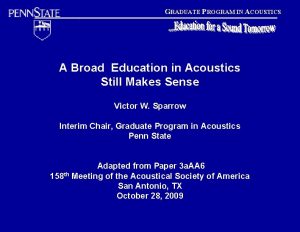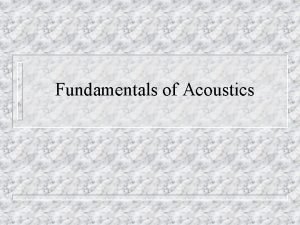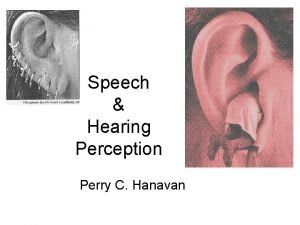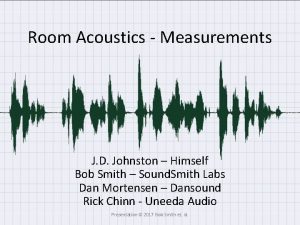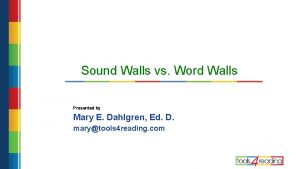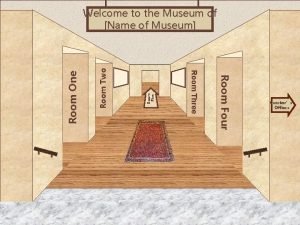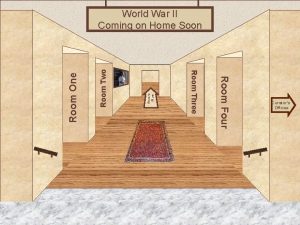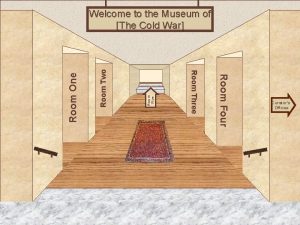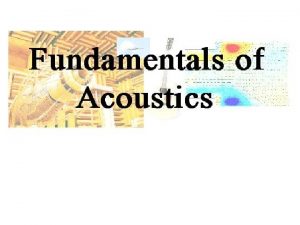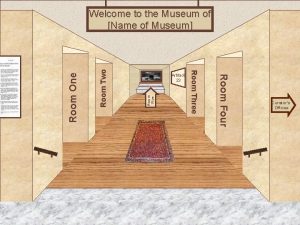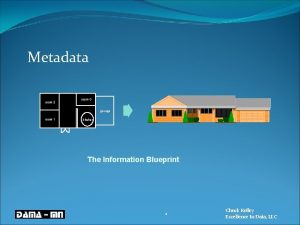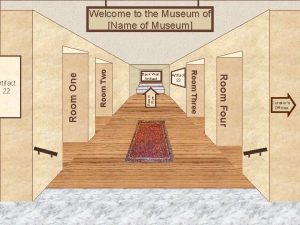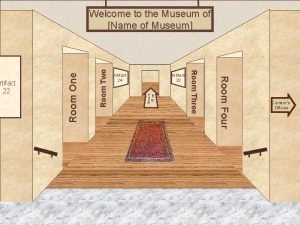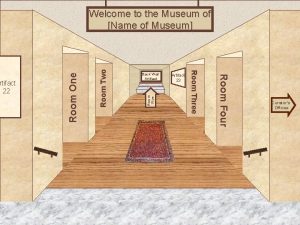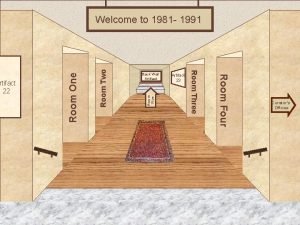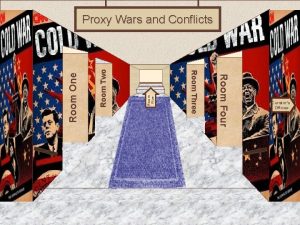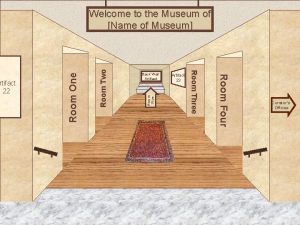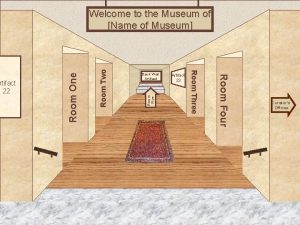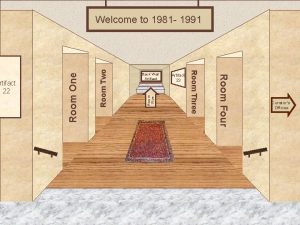Fundamental Acoustics In Wall And Room Structures Copyright






















- Slides: 22

Fundamental Acoustics In Wall And Room Structures Copyright © 2010 – Shannon D. Near – All Rights Reserved

Acoustics – It’s Not Rocket Science! It’s actually much harder! Rocket science deals primarily with well understood physics and mathematical formulas surrounding thrust, trajectory, time and distance. Acoustics deals with complex environments with an infinite number of variables in a very dynamic environment. So…… Don’t sweat it!! Understanding a few terms and concepts will allow you to answer the vast majority of the questions you will ever be asked regarding acoustics. Remember, the person asking the question probably doesn’t know the answer either.

Acoustics – Why Bother? Acoustics, If Understood On Even An Elementary Level, Can Add High Value To Any Building Material Selection Discussion Acoustics Are A Major Factor In Modern Construction Decisions And Are One Of The Least Understood Areas Of Design Poor Acoustics Can Ruin An Otherwise Beautiful Wall Installation In Many Cases, Building Codes Now Require An Acoustical Assessment

Primary Terms Sound Is an oscillating wave of pressure which can travel through solids, liquids, and gases and is within a frequency range and of sufficient power level to be perceived by receptive organs.

Primary Acoustic Terms Frequency Measured in Hertz (Hz) and is the number of wave cycles of sound per time, usually a second. The higher the frequency, the higher the perceived pitch. Pitch The perceived sensation of sound frequencies as interpreted by the brain in a scale from high to low. Pitch is subjective and can be influenced by the environment, distortion, reflections, movement, etc.

The Audible Spectrum 20 Hz – 20, 000 Hz The human ear is typically capable of hearing between 20 z – 20 k. Hz Females can usually hear slightly higher frequencies than males Frequencies above 20 k. Hz are ultrasonic Frequencies below 20 Hz are infrasonic The human voice is usually in the 500 Hz to 3500 Hz range and is where the majority of acoustic tests are centered

Now For The Really Hard Stuff! Decibel (db) A logarithmic unit that expresses intensity or power of something. In acoustics it measures Sound Pressure Level (SPL) as compared to a reference level (0 db). 0 db is not dead silent! In humans, the ratio of SPL intensity causing permanent damage to the quietest perceived sound is over a trillion so it is expressed logarithmically base 1012 = 12 which is expressed as 0 -120 (db) Every -10 db is half as loud

Common db Levels Decibel (db) Rain 40 db Normal Conversation 60 db Busy Traffic 85 db Rock Concerts 105 db Maximum I-pod Volume 115 db Gunshots 140 db Long Term Safety Threshold Permanent Damage Threshold

Primary Terms Reflections The condition where sound bounces off a surface(s) before reaching the receiver. Reverberation The continued reflections of sound within an enclosed space after the sound source has stopped. Long delays are called discreet echoes.

Primary Terms STC – Sound Transmission Class Number rating of a wall or structures ability to block the transfer of sound NRC – Noise Reduction Coefficient Number rating which categorizes the sound absorptive or reflective properties of a material or environment

STC – Privacy Anyone? STC – Sound Transmission Class It is the primary way to infer how isolated a room or environment is relative to other rooms. General Guidelines 30 -35 STC = Loud talking understood 40 -50 STC = Loud talking not easily understood but may have occupant awareness 60+ STC = Loud talking not audible

STC – What’s The Big Deal? Behind The Scenes Voodoo Generally measured by gathering transmission loss data along 16 different frequencies from 125 Hz-4000 Hz Centered on human voice frequencies Does not cover low frequency industrial noise, music, etc. Example: If an 80 db sound on one side of wall is reduced to 50 db on the other the STC is 30 Remember every -10 db = ½ as loud!

STC – Design With Confidence Considerations Most codes require minimum of 40 STC in commercial installations It is harder to block low frequencies than high frequencies as the wave form is much more powerful and longer Adding mass to the partition wall along with decoupling and insulation will vastly improve STC Beware of flanking paths!

STC – FLANKING PATHS Common Flanking Paths Ceiling And Floor Joists Common Duct Work Missing Or Poor Fitting Door Sweeps Back-To-Back Electrical Or Utility Boxes In Same Stud Cavity Outlet Gaps

STC – Improve Your Ratings Gain Weight And Isolate Decouple And Add Length To The Ventilation Double The Wallboard Insulate The Stud Cavity Insulate The Ceiling Plenum & Floor Plenum Seal All Flanking Paths In Extremely Sensitive Areas Use Double Walls With Dead Head Ventilation Plan Ahead For Today & Tomorrow

NRC – What’s All The Noise About? Noise Reduction Coefficient Number rating which categorizes the sound absorptive or reflective properties of a material or environment

NRC – Doesn’t Tell You Everything Noise Reduction Coefficient Is just an average of mid range frequencies (usually 250 Hz, 500 Hz, 1000 Hz, and 2000 Hz) rounded to the nearest 5% shown as a decimal. 0. 0 = Perfectly Reflective 1. 0= Perfectly Absorbent

NRC – Be Careful Number Can Be Misleading Does Not Rate A Materials Ability To Absorb High And Low Frequencies Averaging Allows For Different Materials To Have The Same Rating But Different Frequency Bias Does Not Have Any Relevance To A Materials STC Rating

NRC – Common Ratings Absorptive Ratings Brick . 00 -. 03 Wood . 05 -. 15 Heavy Carpet . 30 -. 55 18 oz Drapery . 60 -. 65 Fiberglass 3. 5” . 80 -. 90

NRC – Control The Reflections Don’t Strive For Perfectly Absorbent Most People Do Not Desire A Room That Is Totally Absorbent A Little Reverb Is Usually A Good Thing Angular Geometry Can Be A Good Alternative When Highly Absorbent Materials Cannot Be Used Avoid Parallel Low NRC Walls

Acoustics 101 – You Made It! You Now Have The Tools To Answer Most Of The Acoustic Questions That You Will Ever Be Asked Do Not Be Afraid To Contact An Acoustician With Questions, Most Love To Talk About It Remember Acoustics…. It’s More Than Just Sound

Fundamental Acoustics In Wall And Room Structures Copyright © 2010 – Shannon D. Near – All Rights Reserved
 Room acoustics design criteria
Room acoustics design criteria Ba-room ba-room ba-room baripity
Ba-room ba-room ba-room baripity Homology
Homology Chichen itza ball court acoustics
Chichen itza ball court acoustics Afa grade water
Afa grade water Adaptive focused acoustics
Adaptive focused acoustics Acoustics
Acoustics Perceptieslechthorendheid
Perceptieslechthorendheid Acoustics
Acoustics Lecture hall acoustics
Lecture hall acoustics Angelo farina
Angelo farina Wilson acoustics limited
Wilson acoustics limited Sound definition
Sound definition Acoustics graduate programs
Acoustics graduate programs Fundamentals of acoustics
Fundamentals of acoustics Pinna acoustics
Pinna acoustics Jd acoustics
Jd acoustics Peters uncertainty in acoustics (epub|pdf|mobi)
Peters uncertainty in acoustics (epub|pdf|mobi) Pinna acoustics
Pinna acoustics Word wall vs sound wall
Word wall vs sound wall Wall to wall chris brown
Wall to wall chris brown One and a half brick wall
One and a half brick wall Members used to carry wall loads over wall openings
Members used to carry wall loads over wall openings
